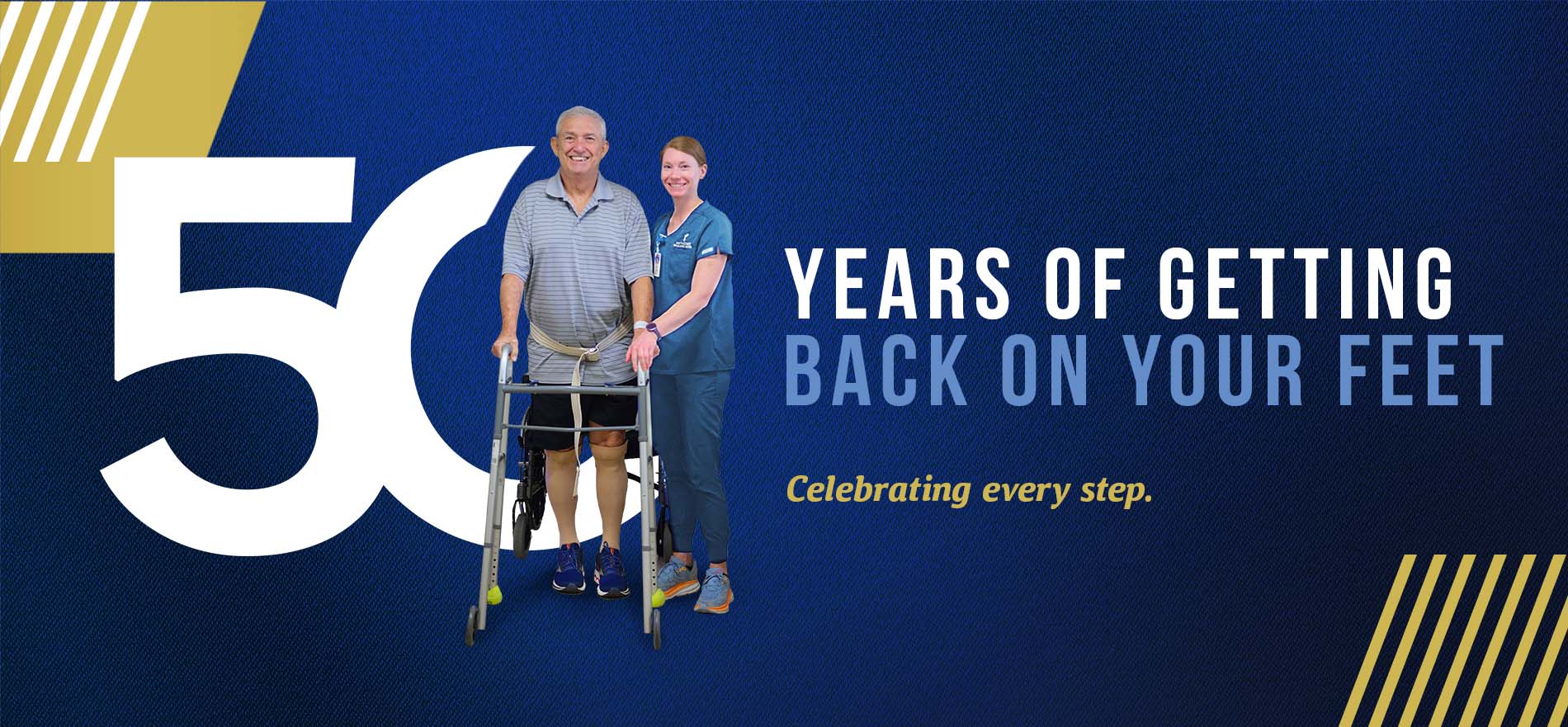
JACKSON, Miss.--If you’ve been relaxing on your deck, secure in the assumption that West Nile virus only affects the elderly and infirmed, better think again.
The latest buzz from the West Nile front is that it’s not just grandpa who needs to fight the bite this summer.
“In the past, there has been the impression that West Nile virus mainly affects the elderly and those with weakened immune systems,” said Dr. Art Leis, a neurologist and senior scientist at the Center for Neuroscience and Neurological Recovery at Methodist Rehabilitation Center in Jackson. “But reports from last year confirm that even healthy middle-aged people are at risk.”
According to Mississippi Department of Health statistics from 2002, 47 out of 190 West Nile cases involved victims ages 45 to 59.
“The average age was 80-plus years when West Nile virus was first reported in New York City in 1999,” Leis said. “Now the average age in Mississippi is 54. And we can expect for the age range to widen as the disease becomes more widespread.”
But Leis said that the increase in younger victims isn’t necessarily a new trend. “My gut feeling is that the initial reports out of New York were probably biased. It was a new epidemic and doctors were probably misdiagnosing the younger cases. They probably weren’t recognizing the 40-year-old who came in with muscle weakness. And the surveillance system was targeting older folks with encephalitis or aseptic meningitis.”
To help ensure that Mississippi health care professionals know all the manifestations of the disease, Methodist Rehab hosted a seminar on April 25 for the medical community. Speakers included Leis, Dr. Stanley Chapman, director of infectious diseases at the University of Mississippi Medical Center; Dr. Jonathan Fratkin, associate professor of pathology at UMC; Dr. Sally Slavinski, an epidemiologist for the state Health Department; and Janie Wallace, director of the immunology division for the state Health Department.
Leis said much has been learned about the virus in the three years since New York physicians were taught to be on the alert for a mosquito-borne, flu-like illness that seemed to target the elderly or people with weakened immune systems.
“Now the age range of the victims is wider and we’ve seen evidence that the virus can be transmitted by blood transfusions, organ transplants and possibly breast milk,” Leis said. “And we know the virus can cause a variety of symptoms, including polio-like paralysis and disabling fatigue.”
The incubation period of West Nile Virus infection is thought to be three to 14 days and symptoms generally last one to three weeks. Symptoms of a mild infection may include malaise, weakness, nausea, vomiting, diarrhea, eye pain, headache, body aches, rash, swollen lymph nodes and fever.
About 1 in 150 West Nile infections result in a severe neurological disease such as encephalitis or meningitis and the elderly are most at risk. Symptoms include any of the symptoms for a mild infection, as well as symptoms consistent with encephalitis and/or meningitis, such as stiff neck, altered mental status and severe fatigue.
Signs of spinal cord involvement and poliomyelitis include asymmetric muscle weakness, an absence or decrease in deep tendon reflexes, an acute change in bowel or bladder function and respiratory muscle weakness, especially if it’s so severe that a patient needs to be put on a respirator.
Because physicians were initially unaware of West Nile’s association with paralysis, cases were often misdiagnosed as stroke or Guillain-Barre syndrome. And it was the referral of several such cases to Methodist Rehab that led Leis and his colleagues to be the first to identify that the gray matter of the spinal cord could be a primary target of the West Nile Virus. Those findings, which were confirmed by pathological research conducted by Fratkin, were reported in January in the international journal The Lancet Infectious Diseases.
“Now we’re getting confirmation from across North American that our observations were correct,” Leis said.
In an Ontario study recently reviewed by Leis, 25 percent of the patients experienced such profound weakening of respiratory muscles that they couldn’t breathe without the assistance of a ventilator, Leis said. “Only one in five could be discharged home without additional support,” he added. “Some went to nursing homes and some went to rehabilitation centers. Others required assistive devices like wheelchairs and walkers.”
Leis said physicians need to be aware of all the manifestations of West Nile virus because a misdiagnosis can affect a patient’s chance for a full recovery. “Treatments for conditions such as stroke or Guillan-Barre are completely ineffective for West Nile virus and can cause injurious side effects,” Leis said.
The general public also needs to be familiar with West Nile symptoms so that they consult a doctor at the first signs of trouble, Leis said. “One of the problems we have seen is people delaying treatment. We had one individual who had to be transported to the hospital by ambulance because he waited until he was so weak that he couldn’t pick his body up.”
While there is still no cure for West Nile, early treatment can help avoid secondary complications such as pneumonia, Leis said. “There is a tremendous amount of supportive care that needs to be done.”
Slavinski said doctors who suspect a patient has West Nile should call the state Health Department for further instruction. Typically, the department asks for a sample of the patient’s blood or spinal fluid, which is tested for signs of West Nile infection.
“Most people will have antibodies to the virus by the time they present signs and symptoms of infection,” Slavinski said. “But sometimes it can take up to seven days.”
At max capacity, Slavinski said the health department was able to process about 200 samples a week during the peak of last year’s outbreak. But she’s hoping prevention efforts since then will mean fewer victims this year.
The department plans to continue last season’s “Fight the Bite” campaign. Educational materials will be distributed to the media, health professionals, cities, counties and schools, and television and radio public service announcements will be aired.
Slavinski said the health department also will continue surveillance of the state’s bird population to identify areas where the virus is circulating. “People who find dead bluejays or crows are asked to call their local health department,” she said. “And we’re asking vets to send in blood samples of horses that look like they have West Nile.”
So far, two birds have tested positive for West Nile this year. But Slavinski said there’s no way to know if another serious outbreak is ahead.
Therefore, health professionals say the prudent approach is to think of mosquitoes as Public Enemy No. 1 and act accordingly. That means getting rid of standing water and following Slavinski’s lead.
“I keep a can of DEET by my back door and I spray myself before I go out,” she said.
